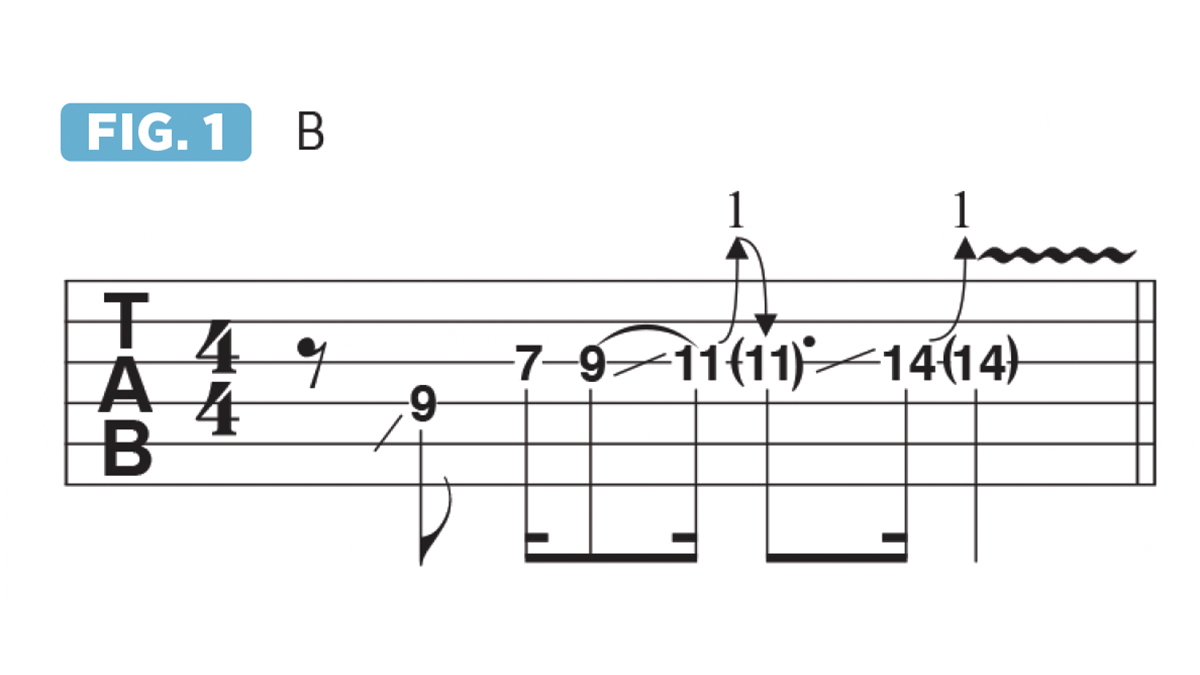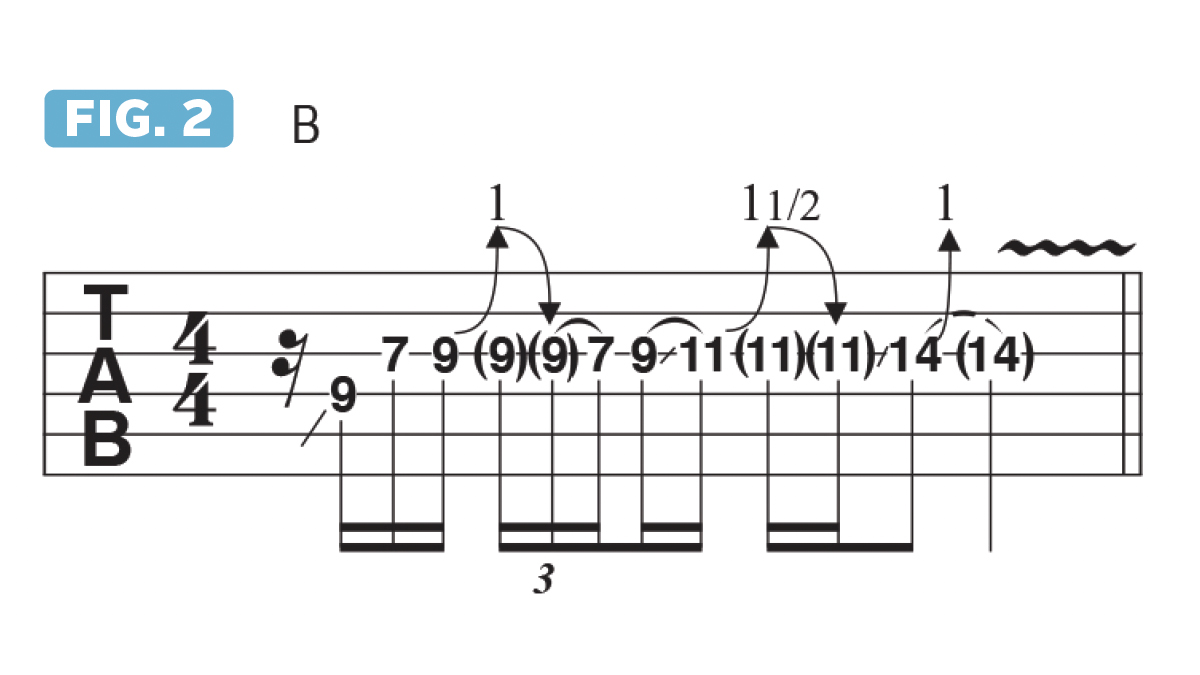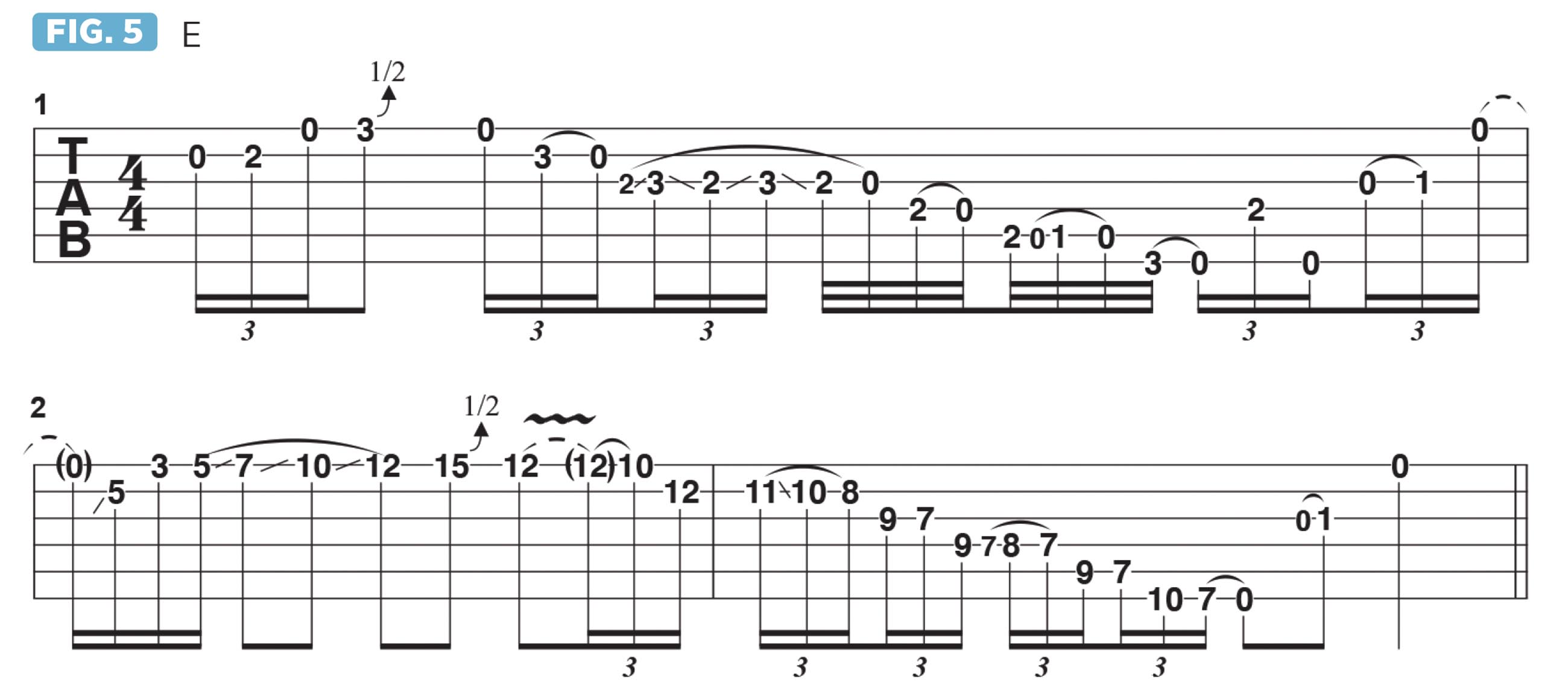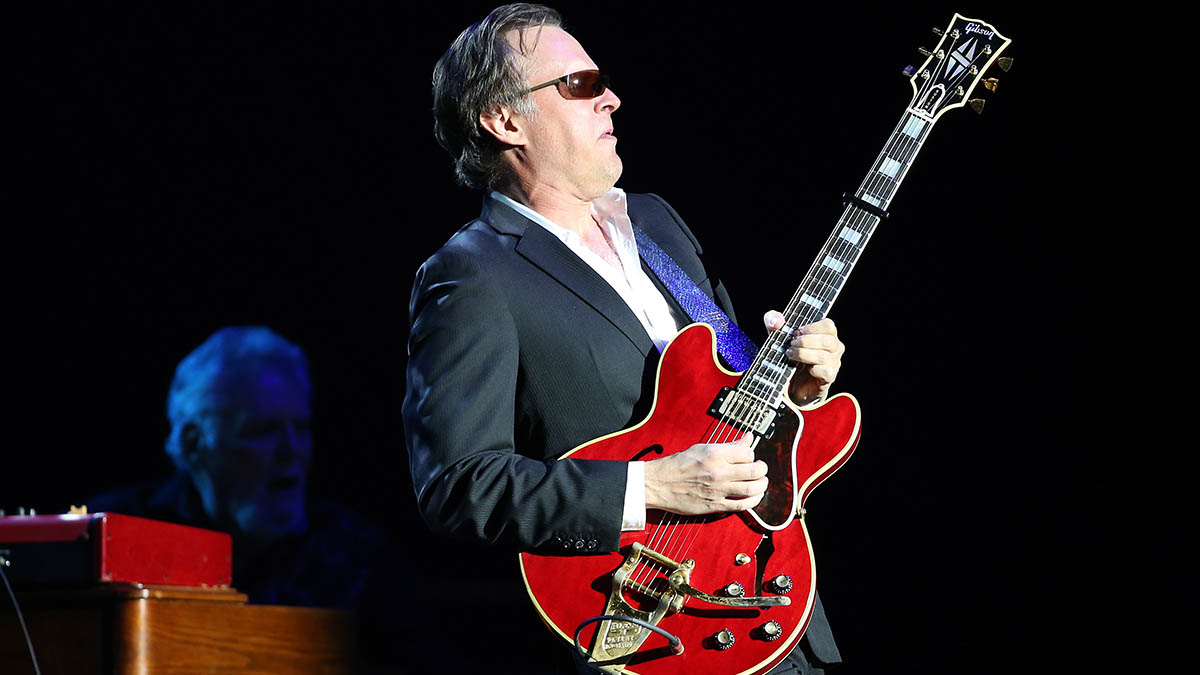Joe Bonamassa shares the string bending lessons he learned from blues great Larry McCray
One blues great pays dues to another in this lesson that unpacks McCray's unique style of marrying bends together

I recently had the honor of producing a record with my friend Josh Smith for a great blues guitarist from Michigan named Larry McCray. Over the last 35 years, Larry has always been one of my favorite blues players out there.
Getting to work with him not only as a singer and a songwriter but as a guitar player, I was able to pick up a few pointers from him, as he would show us some cool stuff when we weren’t recording.
A signature element in Larry’s style is that he has a very distinct and unusual bending technique where he will “marry” two bends within one long phrase. Now, I can’t perform the technique quite as well as he does – he invented it! But I love this approach and have worked out a few ways to incorporate it into my own soloing ideas.
If one were playing in the key of B, Larry might string together two bends in the way demonstrated in Figure 1.
We begin with a line based on the B minor pentatonic scale (B, D, E, F#, A), moving up from B to D, E and F#, and then the F# is quickly bent up a whole step and released, followed by a slide up to A which is then adorned with whole-step bend and vibrato.
Figure 2 offers another tasteful way to utilize this technique.
Here, three bends are joined into one phrase, as the E note on beat 2 is bent up a whole step and released, followed by a slide up to F#, which is then bent up one and a half steps to A and released.
All the latest guitar news, interviews, lessons, reviews, deals and more, direct to your inbox!
This is followed by a slide once more up to A, which is bent up a whole step and vibrato-ed.
It’s fun to try and find different ways to apply string bends and vibratos in spots where they may be unexpected.
For example, in Figure 3, I begin with essentially the same phrase as Figure 2, but then add to the idea in bar 2 by additionally sliding up higher, to B, and bending and releasing that note one and a half steps, followed by another whole-step bend, from A to B, with vibrato. The phrase then concludes with a descending line heading back down to a low B note on the 6th string.
Figure 4 offers an even more elaborate way to weave this idea into a more complex phrase.
Here I begin with faster, SRV-style lines in bar 1 through beats 1 and 2 of bar 2, and then I bring in the “Larry-ism” at the end of bar 2 before wrapping up the line in bar 3.
McCray also has a really neat way of stringing bends like this together when playing in the key of E, as I demonstrate in Figure 5. This phrase begins with some fast licks based on the E blues scale (E, G, A, Bb, B, D), utilizing a generous amount of open strings.
In bar 2, the phrase ascends quickly up the high E string with a series of finger slides, culminating in a bend on the high G note at the 15th fret, followed by an equally quick descent back down the scale.
Figure 6 presents another challenging phrase utilizing these approaches.
Look for opportunities to add these types of multiple string bending ideas into your own solos, as many unusual and distinct phrases can be crafted.
Joe Bonamassa is one of the world’s most popular and successful blues-rock guitarists – not to mention a top producer and de facto ambassador of the blues (and of the guitar in general).







